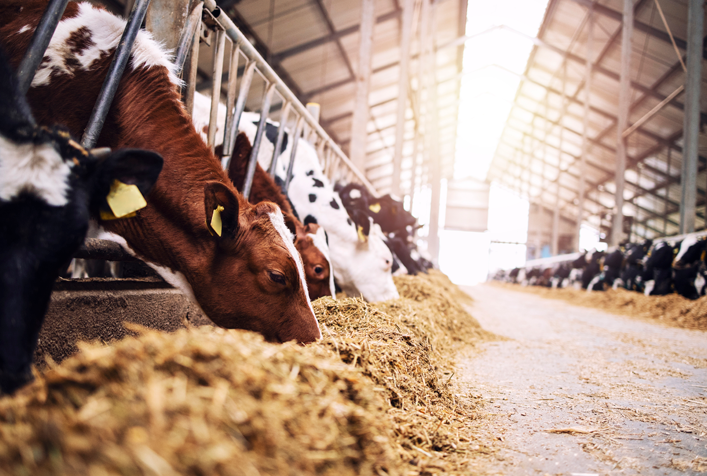Estimating Emissions from Animal Feeding Operations

Project Brief
The Challenge
Animal feeding operations (AFOs) emit ammonia, hydrogen sulfide, methane, particulate matter, and volatile organic compounds, which can negatively impact the quality of life and the health of nearby residents. In addition, ammonia emissions transform into ammonium sulfate or ammonium nitrate, which contribute to fine particulate pollution in the air, nutrient over-enrichment in aquatic systems, and acidification of the environment. Estimating emissions from AFOs and determining their regulatory and permitting responsibilities is challenging due to the lack of industry-wide, scientifically sound methodologies. The U.S. Environmental Protection Agency (EPA) turned to ERG to help estimate emissions from animal feeding operations.
ERG's Solution
ERG compiled, reviewed, and analyzed the emissions, process, and meteorological data collected under the National Air Emissions Monitoring Study (NAEMS)—a two-year, nationwide emissions monitoring study of AFO structures and manure storage and treatment units. We used the NAEMS process and emissions data to develop models for estimating ammonia, hydrogen sulfide, particulate matter, and volatile organic compound emissions from animal confinement processes at broiler, egg-layer, dairy, and swine operations and open sources at dairy and swine operations. ERG also assisted EPA in drafting the Food and Agricultural Industries section in EPA’s Compilation of Air Pollutant Emissions Factors from Stationary Sources (AP-42) and supporting documentation. We also developed a web tool that provides site-specific emissions estimates by applying the AP-42 models to farm process inputs provided by users.
Client
U.S. Environmental Protection Agency